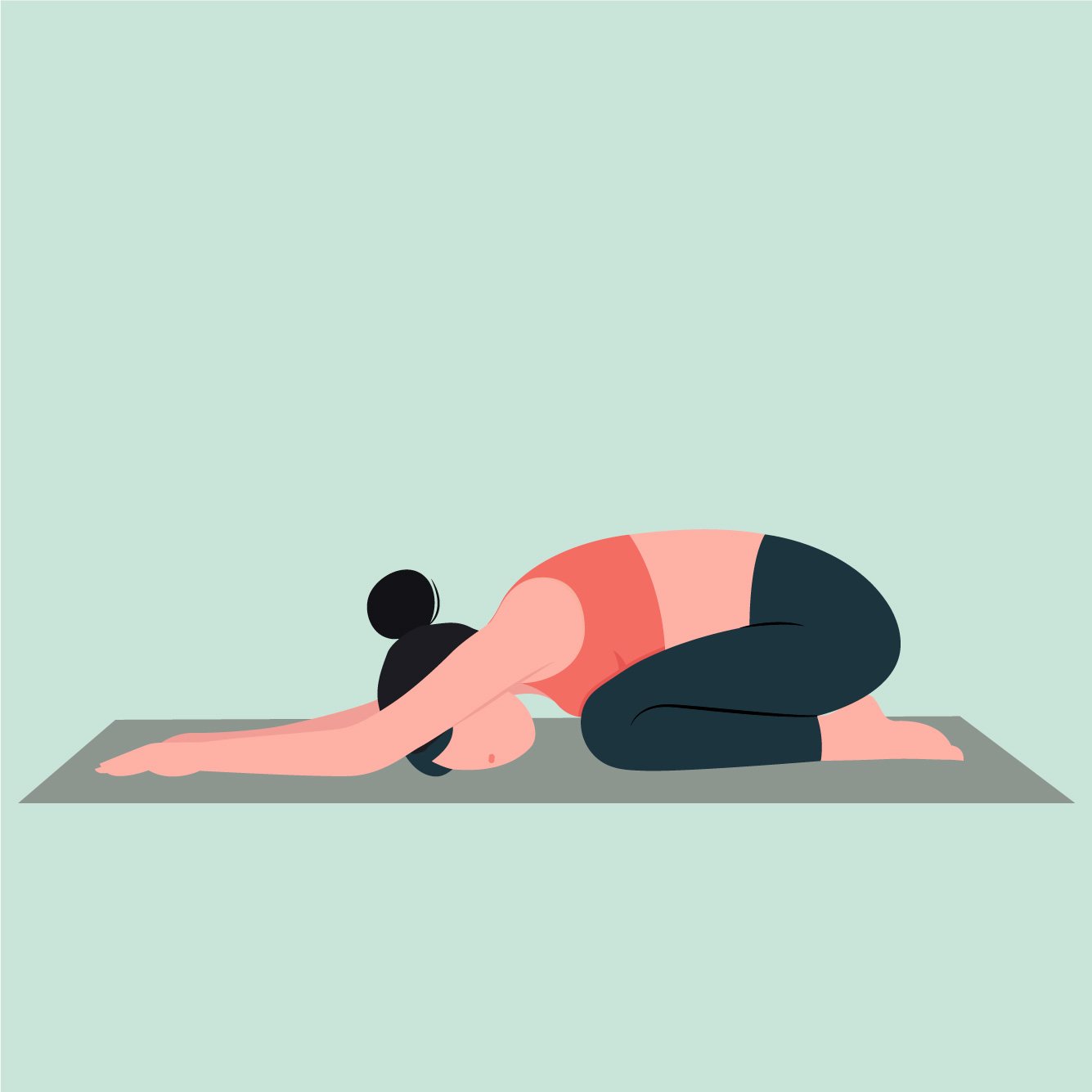How the Body Changes Throughout Pregnancy: Anatomy Explained
Pregnancy is a miraculous journey, marked by numerous transformations within a woman's body as it prepares to nurture and bring forth new life. These changes are not only fascinating but also crucial for the healthy development of the baby. Understanding the anatomical alterations that occur during pregnancy can provide insight into the incredible capabilities of the female body. It also helps us understand why you may have pain, stiffness, or other physical limitations and symptoms during pregnancy and afterward. Let's delve into the marvels of pregnancy and explore some of the most notable anatomical changes.
Expansion of the Uterus
One of the most prominent changes during pregnancy is the expansion of the uterus. Normally the size of a small pear, the uterus undergoes remarkable growth to accommodate the developing fetus. By the end of the third trimester, it expands to a size large enough to hold a full-term baby. This expansion is facilitated by the stretching of the uterine muscles and the gradual thickening of the uterine walls to provide a secure environment for the growing fetus.
Changes in the Reproductive Organs
Alongside the expansion of the uterus, other reproductive organs also undergo significant changes during pregnancy. The cervix, for instance, undergoes a process called effacement and dilation in preparation for childbirth. Effacement refers to the thinning and softening of the cervix, while dilation involves the opening of the cervix to allow the passage of the baby through the birth canal during labor.
Hormonal Influence
Hormonal fluctuations play a vital role in driving many of the anatomical changes that occur during pregnancy. Hormones such as estrogen and progesterone surge to support the growth and development of the fetus and maintain the pregnancy. These hormonal changes not only affect the reproductive organs but also impact various systems throughout the body, including the cardiovascular, respiratory, and musculoskeletal systems.
Expanding Blood Volume
During pregnancy, the body undergoes a significant increase in blood volume to support the growing needs of the developing fetus. The volume of blood circulating in the body can increase by up to 50% compared to pre-pregnancy levels. This expansion in blood volume is necessary to supply oxygen and nutrients to the placenta and the growing baby. Additionally, it helps compensate for blood loss during childbirth.
This image outlines the major changes that occur from early to late pregnancy.
You can see all the changes in the musculoskeletal system! A pregnancy and postpartum medical professional specializing in all things muscle and bone-related, like a physical therapist, can help address many symptoms both before and after delivery.
Changes in the Musculoskeletal System
Pregnancy also brings about changes in the musculoskeletal system to accommodate the growing uterus and prepare the body for childbirth. As the uterus expands, it exerts pressure on the surrounding organs and structures, leading to changes in posture and gait. The hormone relaxin, which increases during pregnancy, relaxes the ligaments and joints in the pelvis to facilitate childbirth. However, this can also contribute to the mobility of joints not only at the pelvis but throughout the entire body. This is a great thing that makes child birth possible! But with more mobility comes more responsibility for our muscles to control a great range of motion. One of the best ways to address this is through strength training, which is safe to perform for most women right up until their due date!
BONES
The rib cage moves up and widens.
The low back sway increases (lumbar lordosis increased).
The pelvis tips forward and widens.
MUSCLES
The diaphragm muscle moves up.
The front abdominal muscles stretch, lengthen, and separate.
The back muscles shorten and compress.
The pelvic floor lengthens.
The anatomical changes that occur during pregnancy are a testament to the remarkable adaptability and resilience of the female body. From the expansion of the uterus to hormonal fluctuations and adjustments in various organ systems, each transformation serves a specific purpose in supporting the growth and development of the fetus. By understanding these changes, we gain a deeper appreciation for the incredible journey of pregnancy and the extraordinary capabilities of the female body. This can help you know why you may be feeling different, but more importantly, can guide your medical team in addressing the cause of any symptoms you may have. Remember, just because something like back pain is common in pregnancy does not mean that it cannot be addressed and treated. Clearly, a LOT changes. This is why getting care from a professional who not only understands the pelvic floor and human body, but specializes in treating women throughout pregnancy and postpartum can be essential to helping you feel your best throughout this beautiful journey.
Other Posts You Might Like
















